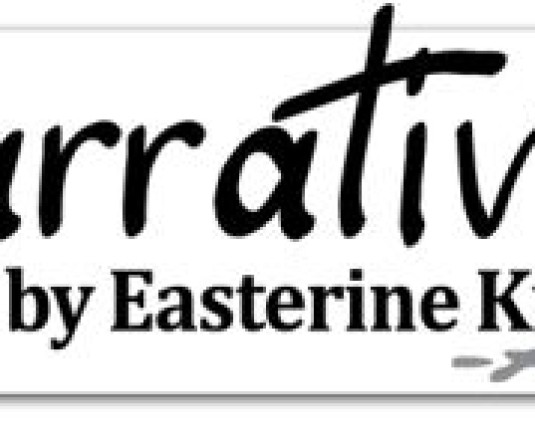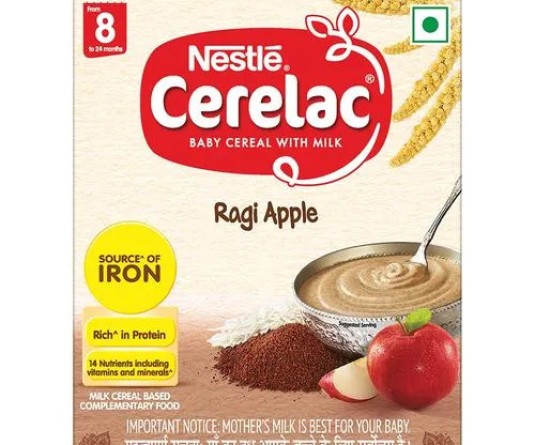
A 50-yard stretch of a boundary wall behind the German Embassy overlooking the Nehru Park in the posh diplomatic enclave in the capital has become a live hip-hop graffiti art memorial. A graffiti message, "Germany in India", is emblazoned on the wall in psychedelic spray shades of orange, yellow, red, black, white and brown. It resembles the political and social wall writings and truck slogans found across India on highways and in urban centres.
The slogan painted in the classical graffiti calligraphy of stylised alphabets is accompanied by photo-realistic images of the national animals of Germany and India. A fleet of automobiles - including an Ambassador car, a battered Maruti and an autorickshaw - transformed into graffiti artscapes when the artists sprayed their metalwork from nozzle tubes of fluorescent pigments, imported from Germany.
Four renowned graffiti artists have brought the popular European and American art form to India under the aegis of the "Year of Germany in India". It focuses on "StadtRaume-City Spaces" - a series of programmes that discusses the implications of rapid urbanisation and challenges posed by changes. It fits into the overall objective of the German Year in India: City Spaces.
Led by well-known German hip-hop performer and graffiti artist, Akim Walta - also known as Zebster - the hip hop artists Christian Hoehn or Wok, Mathias Koehler or Loomit and Jens Mueller or Tasso have created graffiti corners at several places on embassy premises.
Zebster, the director of the German Urban Art Project, has executed 60 urban art projects - with graffiti being central to them - across the world. "Making graffiti art is easier if you have a whole wall to yourself. It has a structured order - but an artist can add photo-realistic images of nature and people to the traditional idioms of letters, names and street addresses," Zebster told IANS.
Zebster said: "Graffiti is the easiest art form to relate to different cultures and promote one's own culture." The graffiti artists are known by their smaller professional names - a tradition artists have clung to for the last 40 years to identify themselves with the masses.
History cites that graffiti born in the mid-1970s is considered one of the four elements of hip hop - along with emceeing, DJing, and B-Boying (break dancing). It was one of the four major forms of creative expression that came from the Bronx neighbourhood of New York and spread to the rest of the world as a tool of free-wheeling expression and creativity - and also as protest against regimens and oppression.
It caught Europe by storm. "The paint-marker (a thick colour pen) is associated with the growth of graffiti in the west. The genre which has grown over the last 40 years uses components of classical art, street art, installation art and laser and dynamic graffiti. India is well connected to graffiti art. It has an old culture of wall and truck art," Zebster said. The artist - a hip-hop dancer and musician - visited India earlier in March with Loomit to work on a hip-hop arts project with children in Mumbai and in the capital under the banner of a non-profit organisation, Tiny Drop.
Under the project, German hip-hop performers, including graffiti artists, have been training children residing in slums to dance and create graffiti art. "The cultural department of the German Embassy likes the Indo-German Hip-Hop project. And the city of Stuttgart is supporting our programme with a funded youth exchange for hip-hop dancers and graffiti writers from Mumbai," Zebster said.
His Indian associate, Hira, a hip-hop dance teacher, who is coordinating the project said, his "B-boys (hip hop dancers) from the underprivileged sections of the society in the capital and Mumbai have started painting graffiti on their clothes and jeans as a natural extension of their art".
"This collaboration is natural - it (hip-hop) is a natural family," said Hira, who learnt his hip-hop dance and graffiti in New York. Said Tasso: "There is enthusiasm about graffiti art in India though the country's culture reminds me of East Germany of the 1980s (which was sheltered culturally and economically). I hope to see many famous people in India writing graffiti in the future." Tasso, who hails from the erstwhile East German town of Meerane, predicted "graffiti in Europe will become more political and funny in the future".
The slogan painted in the classical graffiti calligraphy of stylised alphabets is accompanied by photo-realistic images of the national animals of Germany and India. A fleet of automobiles - including an Ambassador car, a battered Maruti and an autorickshaw - transformed into graffiti artscapes when the artists sprayed their metalwork from nozzle tubes of fluorescent pigments, imported from Germany.
Four renowned graffiti artists have brought the popular European and American art form to India under the aegis of the "Year of Germany in India". It focuses on "StadtRaume-City Spaces" - a series of programmes that discusses the implications of rapid urbanisation and challenges posed by changes. It fits into the overall objective of the German Year in India: City Spaces.
Led by well-known German hip-hop performer and graffiti artist, Akim Walta - also known as Zebster - the hip hop artists Christian Hoehn or Wok, Mathias Koehler or Loomit and Jens Mueller or Tasso have created graffiti corners at several places on embassy premises.
Zebster, the director of the German Urban Art Project, has executed 60 urban art projects - with graffiti being central to them - across the world. "Making graffiti art is easier if you have a whole wall to yourself. It has a structured order - but an artist can add photo-realistic images of nature and people to the traditional idioms of letters, names and street addresses," Zebster told IANS.
Zebster said: "Graffiti is the easiest art form to relate to different cultures and promote one's own culture." The graffiti artists are known by their smaller professional names - a tradition artists have clung to for the last 40 years to identify themselves with the masses.
History cites that graffiti born in the mid-1970s is considered one of the four elements of hip hop - along with emceeing, DJing, and B-Boying (break dancing). It was one of the four major forms of creative expression that came from the Bronx neighbourhood of New York and spread to the rest of the world as a tool of free-wheeling expression and creativity - and also as protest against regimens and oppression.
It caught Europe by storm. "The paint-marker (a thick colour pen) is associated with the growth of graffiti in the west. The genre which has grown over the last 40 years uses components of classical art, street art, installation art and laser and dynamic graffiti. India is well connected to graffiti art. It has an old culture of wall and truck art," Zebster said. The artist - a hip-hop dancer and musician - visited India earlier in March with Loomit to work on a hip-hop arts project with children in Mumbai and in the capital under the banner of a non-profit organisation, Tiny Drop.
Under the project, German hip-hop performers, including graffiti artists, have been training children residing in slums to dance and create graffiti art. "The cultural department of the German Embassy likes the Indo-German Hip-Hop project. And the city of Stuttgart is supporting our programme with a funded youth exchange for hip-hop dancers and graffiti writers from Mumbai," Zebster said.
His Indian associate, Hira, a hip-hop dance teacher, who is coordinating the project said, his "B-boys (hip hop dancers) from the underprivileged sections of the society in the capital and Mumbai have started painting graffiti on their clothes and jeans as a natural extension of their art".
"This collaboration is natural - it (hip-hop) is a natural family," said Hira, who learnt his hip-hop dance and graffiti in New York. Said Tasso: "There is enthusiasm about graffiti art in India though the country's culture reminds me of East Germany of the 1980s (which was sheltered culturally and economically). I hope to see many famous people in India writing graffiti in the future." Tasso, who hails from the erstwhile East German town of Meerane, predicted "graffiti in Europe will become more political and funny in the future".





